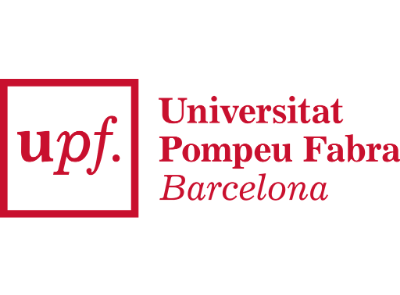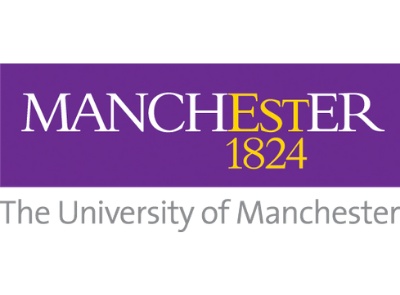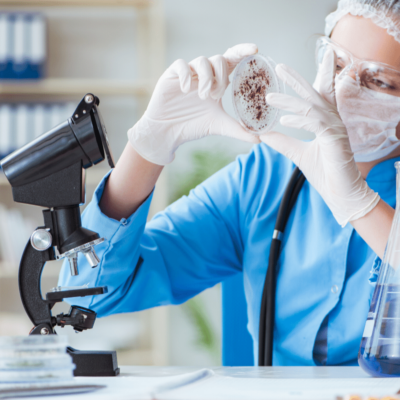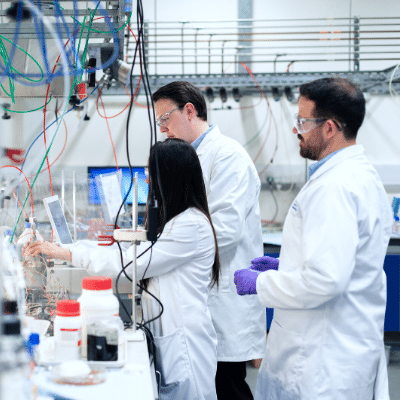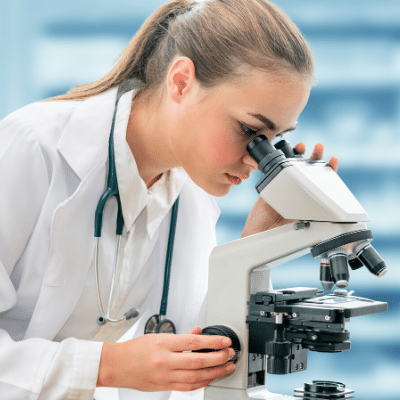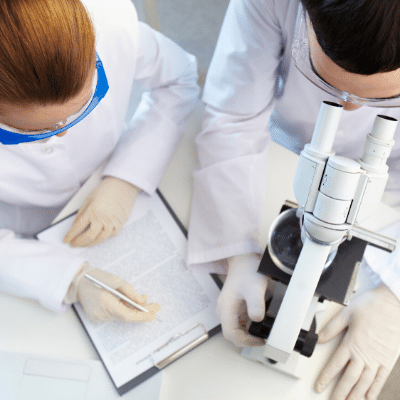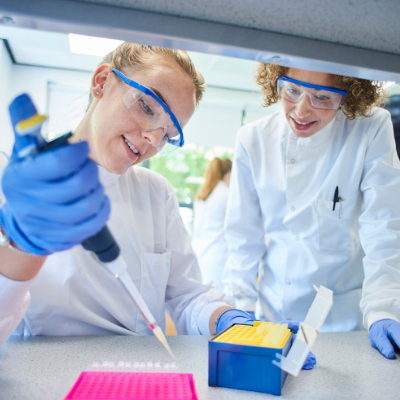ESR5
Lineage tracing of PCs in developing and dystrophic muscle.

I am a PhD student at the Faculty of Biology, Medicine and Health at the University of Manchester, UK, under the supervision of Prof. Giulio Cossu.
My academic background includes a BSc in Biotechnologies (University of Bologna, Italy), and a MSc in Pharmaceutical Biotechnologies (University of Padova, Italy).
For my Master’s thesis I worked on characterizing the pharmacological effect of promising compounds for the treatment of LGMD2D, a type of sarcoglycanopathy.
As a PhD student within the frame of the ITN RENOIR programme, I will perform lineage tracing analysis of pericytes in developing and dystrophic muscle, to study their fate choices during muscle formation and regeneration. The final aim of this project is to further our understanding about the origin of stem cell interactions in the niche, as this would give us new insights for stem cell therapy.
University of Manchester
United Kingdom
Partner Profile
 University of Manchester (UNIMAN)
University of Manchester (UNIMAN)
The UNIMAN offers world-leading multidisciplinary biomedical science and clinical translational strengths, all integrated within one single-site campus. UoM is a partner on all three funded UKRMP hubs: ‘Engineering and exploiting the stem cell niche’, ‘Acellular technologies, ‘Safety and efficacy’, and Immunomodulation. The MRC awarded UoM RM capital funding (07/2013, £694K) for stem cell analysis facilities. The TSB Cell Therapy Catapult supports UoM cell translational activities. The UoM possesses the necessary clinical infrastructure and associated support services to deliver a translational agenda to advance discovery science into new therapeutic approaches. Exceptional strengths in clinical and non-clinical graduate training will guarantee the highest level of education to trainees.
The ESR will be enrolled in the PhD Faculty of Medical & Human Sciences (http://www.mhs.manchester.ac.uk/) programme, University of Manchester.
Website
Topic
The progressive failure of muscle repair and an altered inflammatory response can lead to fibrosis that in turn can also negatively influence stem cells functionality.
While fibrosis typically begins as part of the wound healing response, excessive accumulation of collagen and other Extracellular Matrix (ECM) components during chronic injury/inflammation can lead to the destruction of normal tissue architecture and is thought to contribute to age-associated loss of tissue and organ decline.
We will study their fate and the intrinsic/extrinsic mechanisms that regulate fate choices in developing and regenerating muscle. Understanding the nature of stem cells interaction in the niche is indeed an obligatory step toward new approaches in stem cell therapy.
We will use the Tg:TNAP-CRERT mouse or other CRERT mice (e.g. NG2-CRERT) to perform in vivo lineage tracing analysis of pericytes (PC) and myoblasts (MB) during development, in mouse models of muscular dystrophy and mice mutant for genes regulating fibrosis (e.g. TGF-β receptor), both at different times of development, and during disease progression.
Moreover, we will study pPC and skeletal MB contribution to blood vessel wall formation, myofibres and fibrotic tissue. To visualize clonal progeny during development and pathology we will use various CreERT driver on a Rosa Confetti background (at low tamoxifen) to identify histochemically the composition of various clones (myogenic, smooth, fibrotic or endothelial). Finally, sorted populations will be challenged in vitro with different ECM proteins (e.g. laminins, collagens) and signaling molecules (e.g. Noggin, TGF β) to determine which of these molecules (and combination thereof) may promote one cell fate at the expense of the others.
Objectives
To understand the origin, the fate and the role of different populations of PCs, in comparison with skeletal myoblasts, during development and in chronic pathologies of skeletal muscle
To molecularly characterize heterogeneous populations of PCs
PHD Program
Faculty of Medical & Human Sciences programme,
University of Manchester
RENOIR
ESR
COUNTRIES
YEARS
MEMBERS


